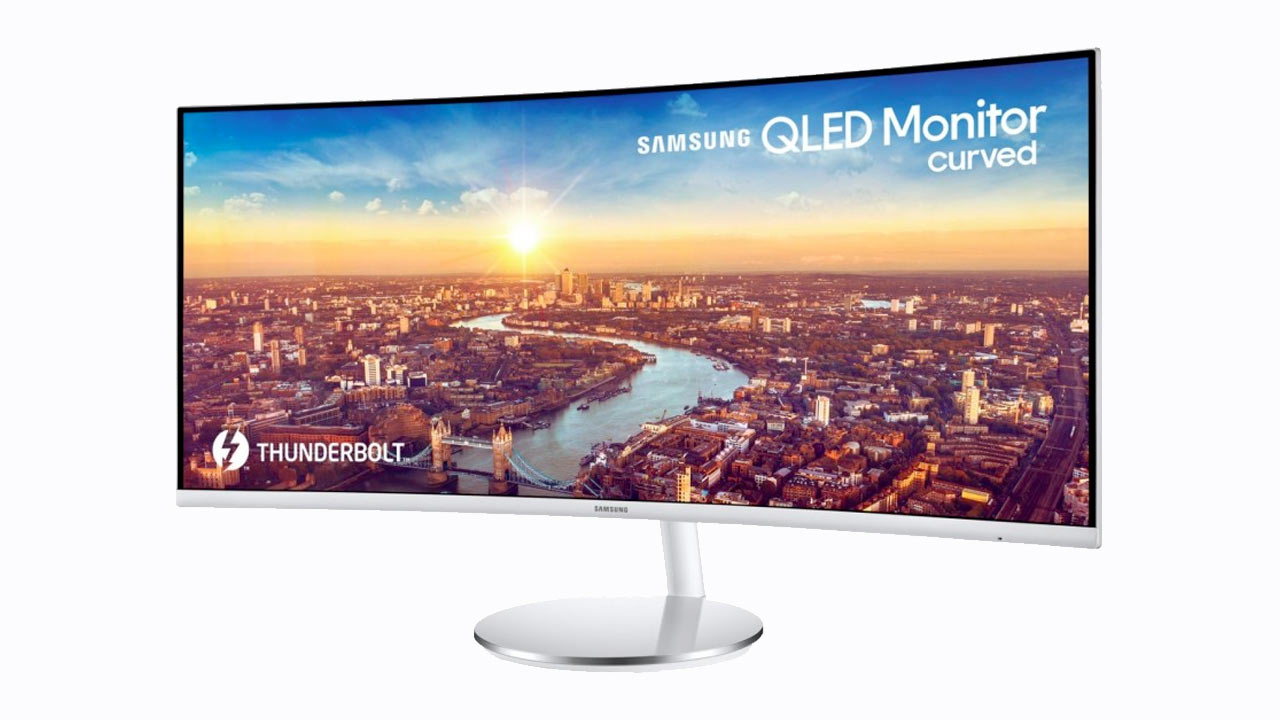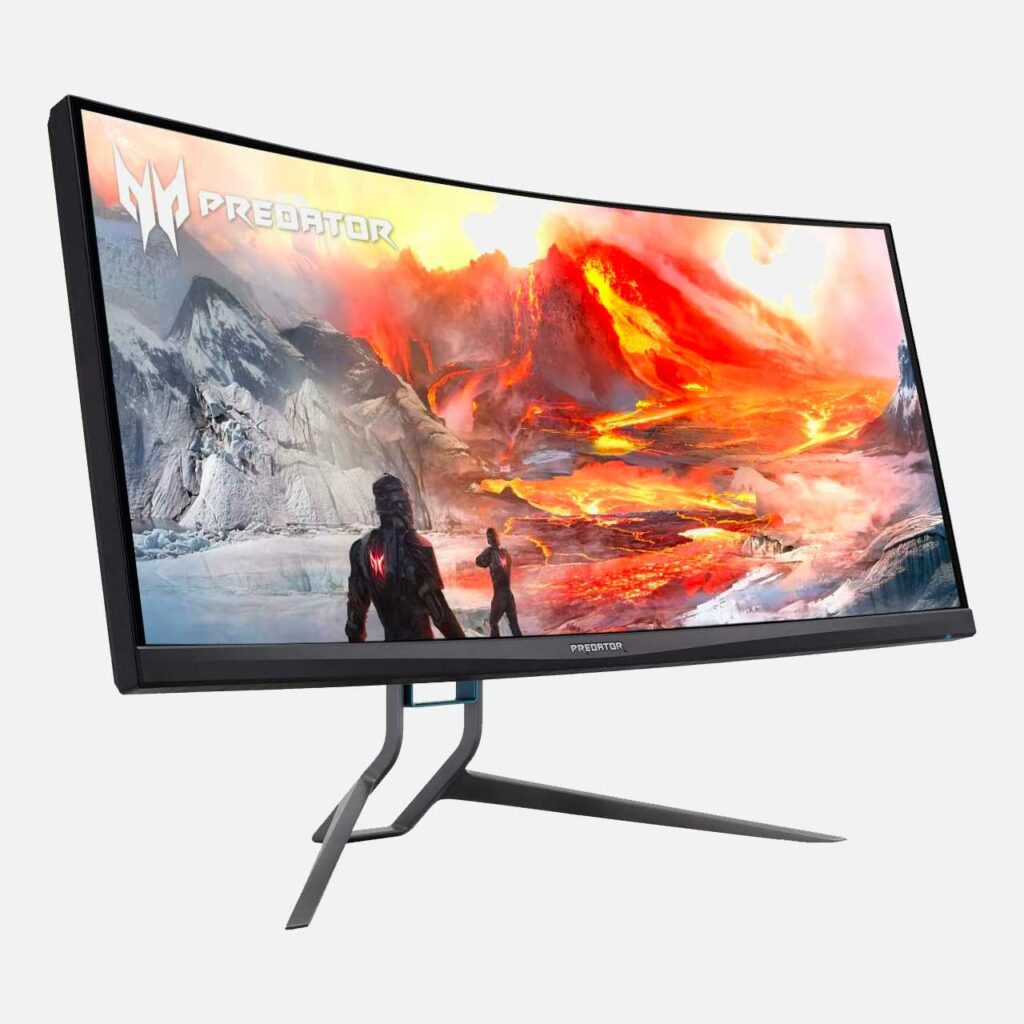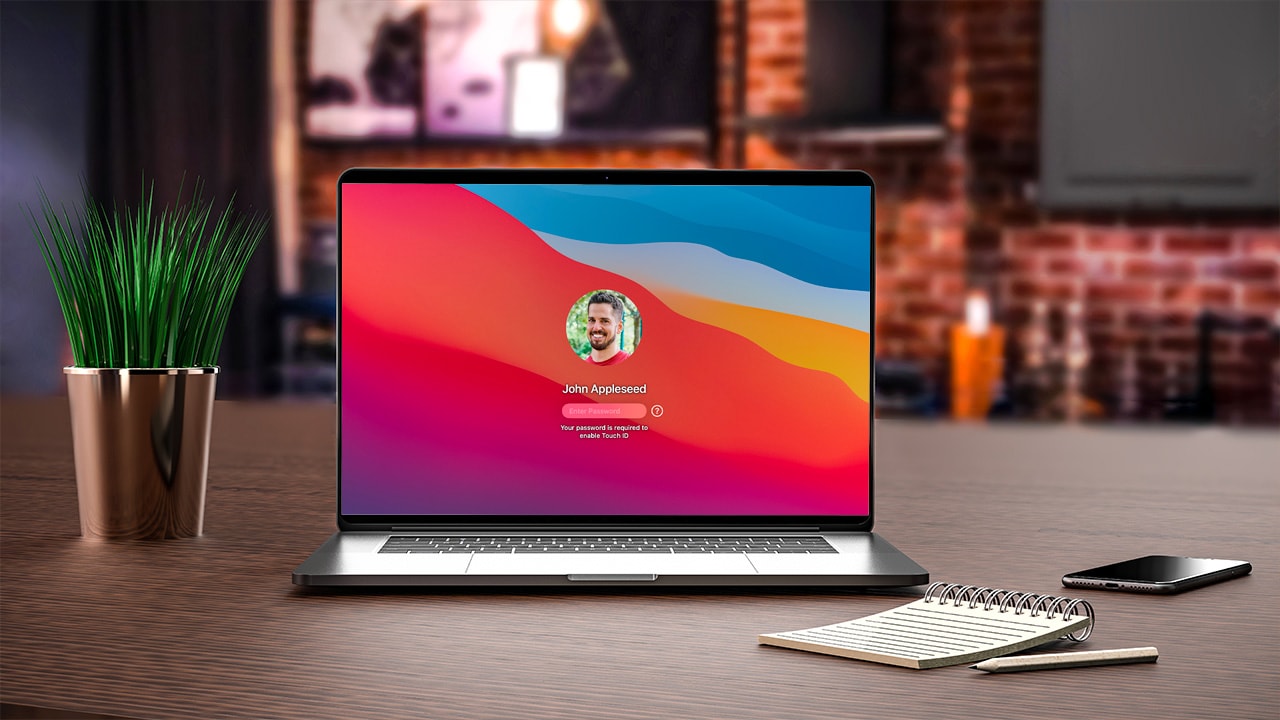- Curved monitors provide some benefits over traditional flat-screen monitors.
- Buying the right curved monitor for your needs is important.
- You will have to spend more when buying a curved monitor.
Curved monitors have become very popular in the last couple of years. Some people like the more immersive experience that a curved monitor offers.
Today we will discuss the science behind curved monitors, why they have become so popular, and examine the pros and cons of buying one.
Let's drive right in.
Editors Top Pick
The Acer Predator X35 35" is a truly amazing ultrawide curved monitor. With its ultra-wide curved design, you'll be fully immersed in the action.
Related reading: The best curved monitor to buy for your MacBook Pro.
What makes a curved monitor different from a traditional monitor?
Curved Monitors have a slightly curved display compared to traditional flat-screen monitors.
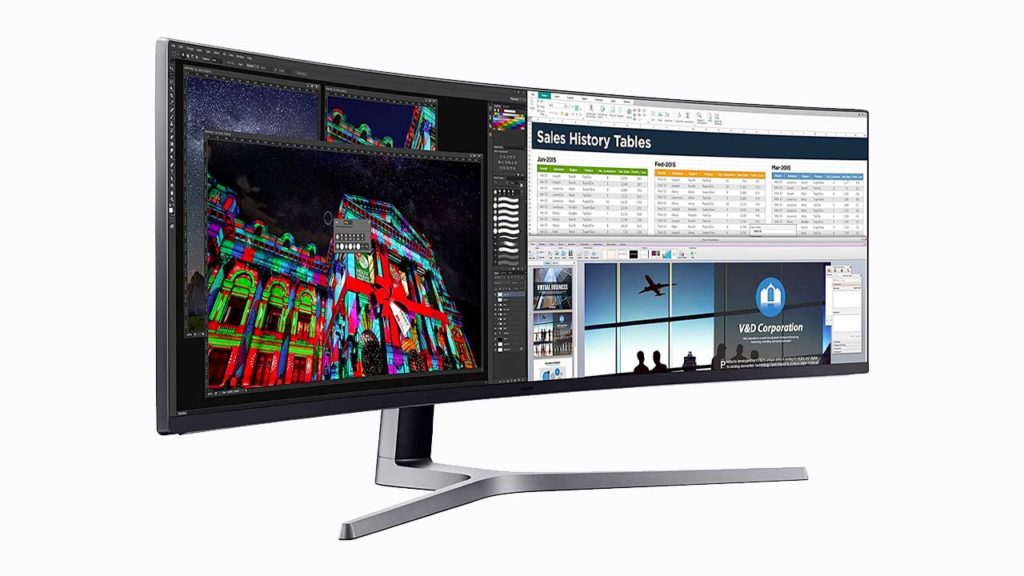
The curvature rating of the monitor determines the level of curvature. For example, a monitor with a 1800R curvature rating is more curved than a monitor with a 4000R rating.
The ideal curve ratio depends on your individual product choices. Curved monitors have a better aspect ratio and light projection than their flat counterparts.
Why would you want to buy a curved monitor?
Curved monitors are designed to mimic the peripheral vision of your eyes. The curvature physically matches the shape of a human eye and helps reduce eye strain.
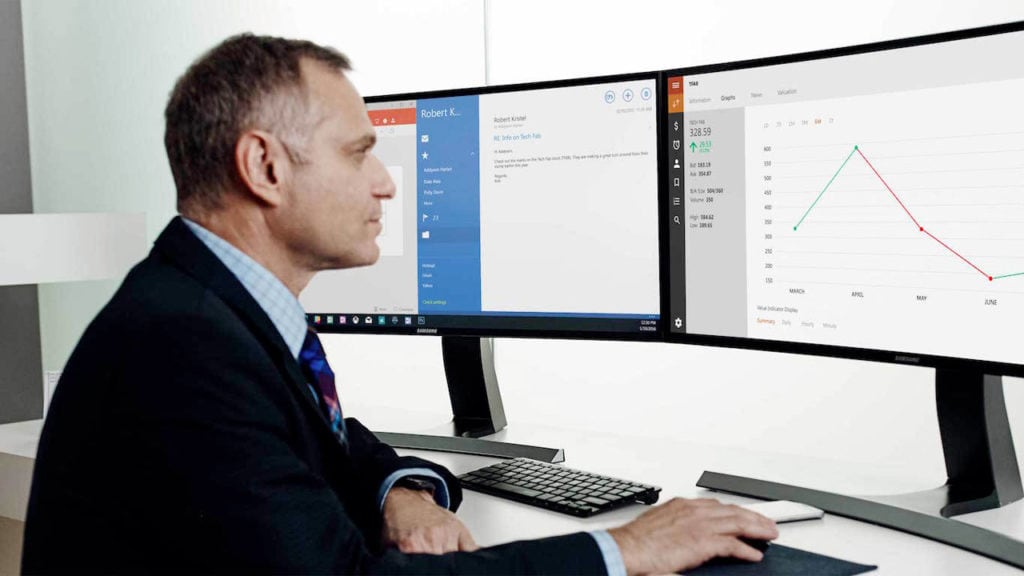
The edges of the curved monitor are angled toward the center of the screen. This will lessen your eye movement compared to working with a flat monitor. A curved monitor display allows for better dynamic range and good picture quality.
What are the benefits of a curved monitor?
1. Curved monitors provide a more immersive experience
A curved monitor's design gives you a more immersive experience of your display. The screen gets your full attention with zero distractions when you use your computer. A curved monitor's natural field of view enhances comfort when using it.
2. Curved monitors help eliminate distortion
Curved monitors wrap around your peripheral vision, giving you a less distorted image and more depth. Once your eyes get used to the display, any image distortion will be reduced.
3. Curved monitors are better for your eyes
The panel type of your monitor determines the excess strain on your vision. Naturally, your eyes move slightly less once they adjust to a curved monitor. A lower eye strain means increased productivity. Assuming your monitor brightness is adjusted correctly, you can stare at a curved screen monitor all day and still get a good night's sleep compared to a flat panel. Any eye doctor will tell you that looking at flat monitors increases eye fatigue in today's world.
4. Curved monitors give you a wider field of view
As stated before, curved monitors respect the peripheral vision curvature of your eyes. This means that you can see a whole lot at once on a curved monitor. With traditional monitors, you focus on one point on the screen, and the edges around that point get blurry outwards. With curved monitors, each point on the screen is equally distanced from your eyes, giving you a wider field of view.
What are the downsides of a curved monitor?
1. Curved monitors cost more than normal monitors
It is given that a curved panel costs more than a flat panel. Even for similar specifications, you can afford to buy flat monitors for a lot less. Since curved screens are a relatively newer technology, the cost of manufacturing a curved display is still higher than that of a flat display. Premium monitors such as ultrawide monitors, gaming monitors, or HD monitors are still affordable compared to curved computer monitors of the exact specification.
2. Curved monitors are harder to mount on your wall
When it comes to mounting your monitor, you always have a much easier time working with a flat monitor. Even with no skills, you'd have no difficulty installing the mount bracket on a flat surface and then onto the wall. On the other hand, curved monitors cannot be quickly wall-mounted. First, they require special mount brackets costing more than regular brackets. Then, your curved monitor may not even be mount compatible at all. Finally, not only does a wall-mounted curved monitor look out of place, it occupies more space than its slimmer, fitted, flat counterpart.
3. Curved monitors have a limited viewing angle
With a wider field of vision on curved displays, you get a narrow viewing angle. With a curved monitor, you always have to be sitting directly in front of it with the panel facing your sitting position. Like me, you tend to switch seating positions a lot, so you would have to reposition your monitor every time you change positions, which is tedious.
4. Curved monitors require more desk space
The ergonomics of curved monitors are somewhat complicated. Curved monitors do not easily fit on a typical desk. A curved setup is naturally more restrictive, and a larger monitor can make your desk feel smaller than it is. A curved monitor taking up extra space means you have less real estate for completing your desk setup with other accessories. If you prefer a minimal setup, you'll do better with any flat HD monitor.
FAQs
Do curved screens reduce eye strain?
Curved screens reduce eye movements and improve overall viewing performance with optimal viewing. Since the panel type mimics the shape of the human eye, curved screens are perceptively comforting to look at, resulting in less eye fatigue and, thus reduced eye strain.
In this study, using flat monitors results in higher visual fatigue than using curved screens. Also, higher curvature means lesser strains on your eyes and a better user experience.
Are curved monitors better for work?
If you are a professional working on a computer, you spend a significant chunk of your time looking at a screen. With the ideal curve ratio, you get the immersed experience and thus are better able to focus on your work. With less visual clutter, curved monitors help increase your work productivity while having little to no adverse effects on your health.
Are curved monitors good for gaming?
Gaming is a highly intense visual activity. As a gamer, you are looking for sharp graphics on your external monitor that can give you a natural feeling with color consistency, color accuracy, and detailed color visuals.
Not only are your eyes working all the time, but you also have to ramp up your brain functions to respond better to game actions. Curved monitors help you keep up with this fast-paced activity. Ultrawide monitors with curved panels mean you get a larger field of vision in your game with an immersive viewing experience. Many curved gaming monitors have become immersive gaming standards in the industry.
Are curved monitors worth it?
Curved monitors of all screen sizes are a bang for your buck. They're built for specialized work and gaming professionals with an engaging experience and productivity benefits. Individuals who want a distraction-free experience on a wide field display with color consistency when sitting at their computer prefer curved over flat displays any day of the week. If you are spending a majority of your time in front of a screen, you need to get the type of monitor that is most meaningful to you. And all benefits point straight at curved monitors over flat monitors. What's even better is that the prices are coming down fast. Soon you will be buying curved monitors at no extra cost.
Are curved monitors good for programming?
Curved monitors are designed for an immersive experience for efficient multi-taskers. Whether you are a front-end programmer who needs a hot reload to watch your code turn into flawless designs. Or, if you are a backend programmer running multiple services and testing APIs all at once, curved monitors are the right choice. They provide you with the undistracted focus at just the proper viewing distance that you need for your task. Thus, an informed programmer always chooses curved monitors over flat ones.
